Sometimes it’s hard for me to find cars for my inventory. That said, I’m real picky about what I buy and take a pass more often than not, so maybe that’s on me. I usually list one or two cars a month for sale and sometimes have to get creative if my inventory starts to run low. If Craigslist or Hemmings doesn’t turn up anything for me I have no problem switching to my Plan B, which is simply daydreaming about what specific car I’d like to own. It’s no surprise that there’s plenty of them stored away up there in my head!
As a kid, I remember when the Aston Martin Lagonda first appeared on the cover of Road & Track in 1977. The wedge-shaped car was unlike anything that my 11 year-old eyes had ever seen! And a four door? I thought that all Aston Martin’s had to be a derivative of something Sean Connery would drive. The Lagonda was wild. It was only later that I learned how significant that car was to Aston Martin.
By 1974, the company was bankrupt. All of the workers were laid off in the days after Christmas; the factory doors were closed, the gates were locked, and the little town of Newport Pagnell went into shock. It was the town’s largest employer and had a dedicated workforce, so much so that one elderly worker still went in regularly afterwards to oil the machinery, unpaid.
A young American businessman named Peter Sprague got the crazy idea to try and save the company. With cash from some successful businesses that he had bought and sold, he proceeded to burn through a big pile of it in the process. The English press hailed him a hero. He slapped together a team of reluctant business partners, reopened the factory doors and finished what cars were still in line to be assembled there. Then his team got to thinking hard about what their next move would be.
In the Fall of 1975 they met with a middle-aged engineer by the name of William Towns who had previously designed the DBS in 1967. Mr. Towns rolled out his drawings for the company’s board of directors with a design that would surprise them all: The Lagonda. For as radical as the concept was, it didn’t take long for the board to come to a decision. The next day they said yes, let’s do it. No market research, no budget studies - YES.
They worked in secrecy. They had less than a year to get the car ready for the 1976 Earls Court Motor Show in October. At its debut, the car was an instant hit and had worldwide press singing its praises. Yet, only 645 units were made over the following 24-year model run, all hand built in Newport Pagnell.
For nerds only: link to a deep dive on the Lagonda written by Peter Sprague himself: https://sprague.com/peter-sprague/aston-martin/
Lagonda, Lagonda, Lagonda. Wasn’t there a guy down south in Salem who had one? I think I remember seeing an eBay listing of his years ago. So, I open the laptop to get on eBay and there it is. Four years later, the same car, he’s still trying to sell it. And I start to remember this guy. Older, ornery, owned a lot of cars with a lot of question marks.
The next day I’m there in his airplane hanger looking at not one, but TWO Lagondas. Both of them are project cars, but didn’t have anywhere near project car prices. I do a slow survey of both; this is the first time that I’ve ever seen one in person. They’re larger than I thought, with a very low roofline. The engine bays looked intimidating. Build quality was a little hit or miss, you could tell that these were hand built cars.
“Just needs fresh gas and a little tuning!” I hear him say. I’ve heard that before.
In the end I decide that it’s too much for me to take on. Am I the guy that’s going to tackle a 5.3L V8 with FOUR twin-choke Weber carburetors that haven’t squirted fuel in who knows how long? I am not. I bid goodbye to my dream of owning a Lagonda.
“Got another one in my other hanger if you want to see that. Real nice one.”
Minutes later I am indeed looking at a real nice one, and it’s a Series 3 car, one of only 75 made. The Series 3 cars retained William Towns’ original body design, but had the more practical fuel-injected motor that came in the redesigned series that followed.
“What does this one need?” I asked.
“Nothing. I just put a new battery and fuel pump in, should fire right up.”
When it didn’t fire right up for him I did a careful walkaround of the car. It was nice. It had 21K original miles. It was $80,000. I sat inside and turned the key to view the instrument display, a crazy cathode-ray assemblage of 3 screens that never really worked right even when they were new. After about a minute they started to come to life, flickering.
“Just takes a little while for them to brighten up, they work fine.”
I go to pull out the key to give it to him. It’s stuck and doesn’t want to come out.
“Just needs a firmer hand, that’s all.”
I cringe as he yanks out the key with a grinding sound.
By that evening I had a non-running 1986 Series 3 Aston Martin Lagonda parked inside of my building in Portland. I got in early the next day to dig into it: drained the gas, replaced the plugs, checked over the ignition components, confirmed that there was fuel at the motor….now it’s the moment of truth.
It wants to start, but it won’t. I check the trunk mounted battery: 11.6 volts. I put my jump box on it, turn the key, and get a rush when the motor fires immediately and soon settles into a beautiful idle. I quickly go look for my garage door opener, button the car up, and hop in for a quick test drive. As I pull out onto the road a grin emerges. 47 years after that issue of Road & Track arrived in the mailbox… I AM DRIVING AN ASTON MARTIN LAGONDA.
I spent the next few days going through the car and getting it ready for photos. Got the correct sized battery for it, but the CRT displays never did stop flickering and the one on the far right only glowed. I also discovered that the owner’s manual and warranty booklet for the car actually belonged to another Lagonda, whose VIN ended in 394, mine was 494. I came across a spare set of keys in the center cubby and tried one out in the ignition. It slid in and out like butter. Car 394, I have your keys.
The car went live to BaT on March 8th. Four days into the auction the car’s sitting at $20,000. When I woke up early on the morning of the auction’s last day I immediately checked my phone - the bidding was now at $22,000 and only had five hours left to add on a full $68,000 to make it up to my reserve of 90K.
I set my feet on the floor and wondered what I had gotten myself into. A cup of coffee afterwards didn’t make me feel any better.
By 11AM the car was at $30,000. Then 35K, and by noon it had crested 60K. Okay, there’s ten minutes left. Will it make it? Past 70K now with a few bidders fighting it out. With under two minutes left I decide to lower the reserve to 85K, this may be my last best shot at a sale. The auction clock keeps resetting to another 2 minutes, each time handing me a lifeline. Now it’s past 80K with two bidders left. My blood pressure is returning to baseline as I reassure myself that no, I wasn’t out of my mind to buy this car, despite Time magazine once naming it one of The 50 Worst Cars of All Time, and Bloomberg deeming it One of the 50 Ugliest Cars of the Past 50 Years. Guess what, guys. You’re wrong. Go back and write about something you know.
The final bid hammered at $86,507. Even better, it sold to a collector that already owned three of them and was well versed in all things Lagonda. We had a nice phone conversation and I hung up feeling that this car was going to be in good hands. Couple of days later it was loaded up and safely on its way to its new home on the opposite coast.
Farewell, Lagonda.

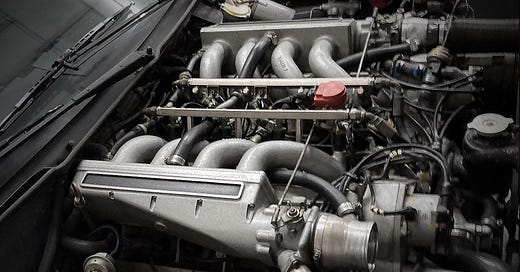


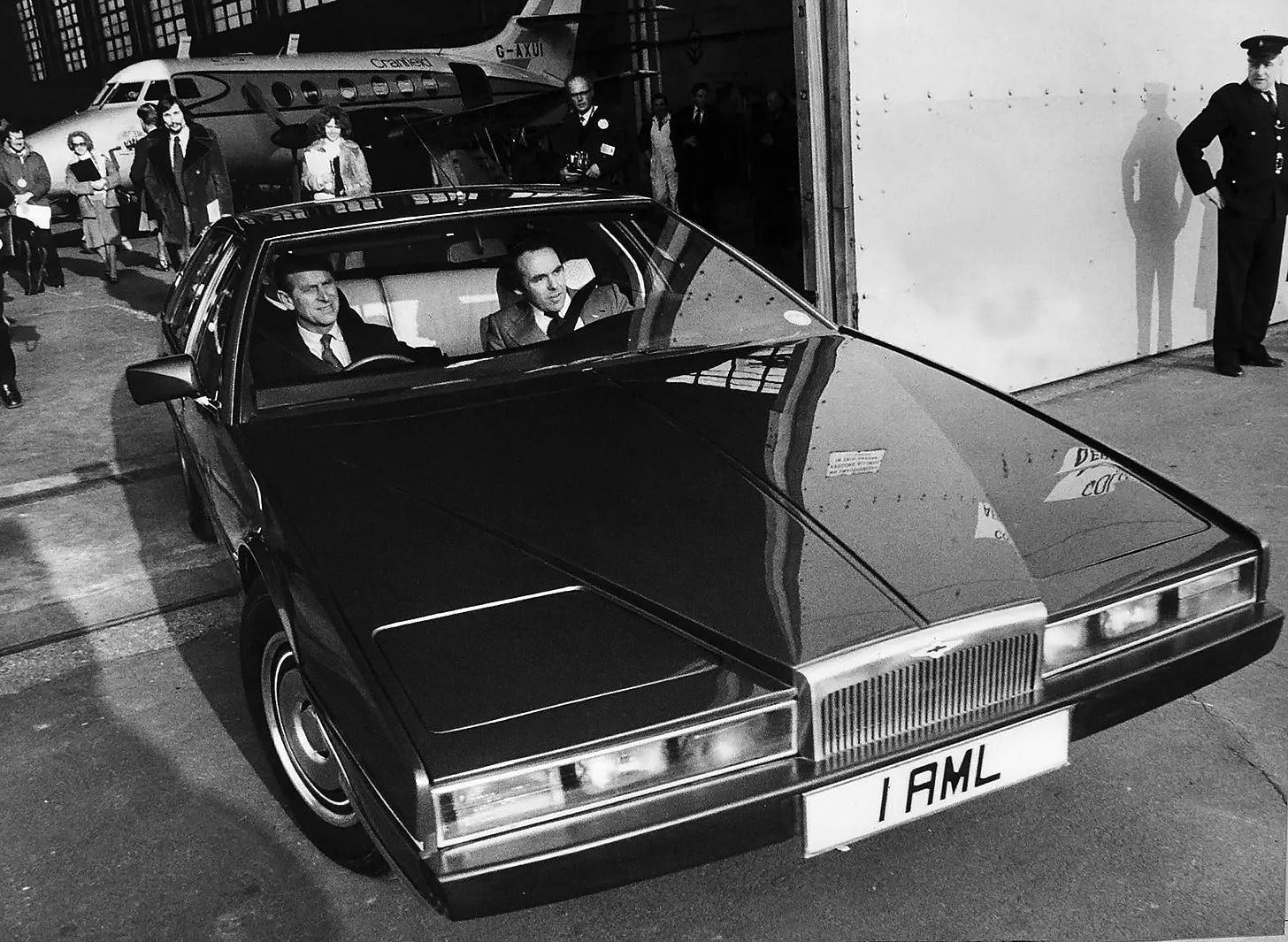
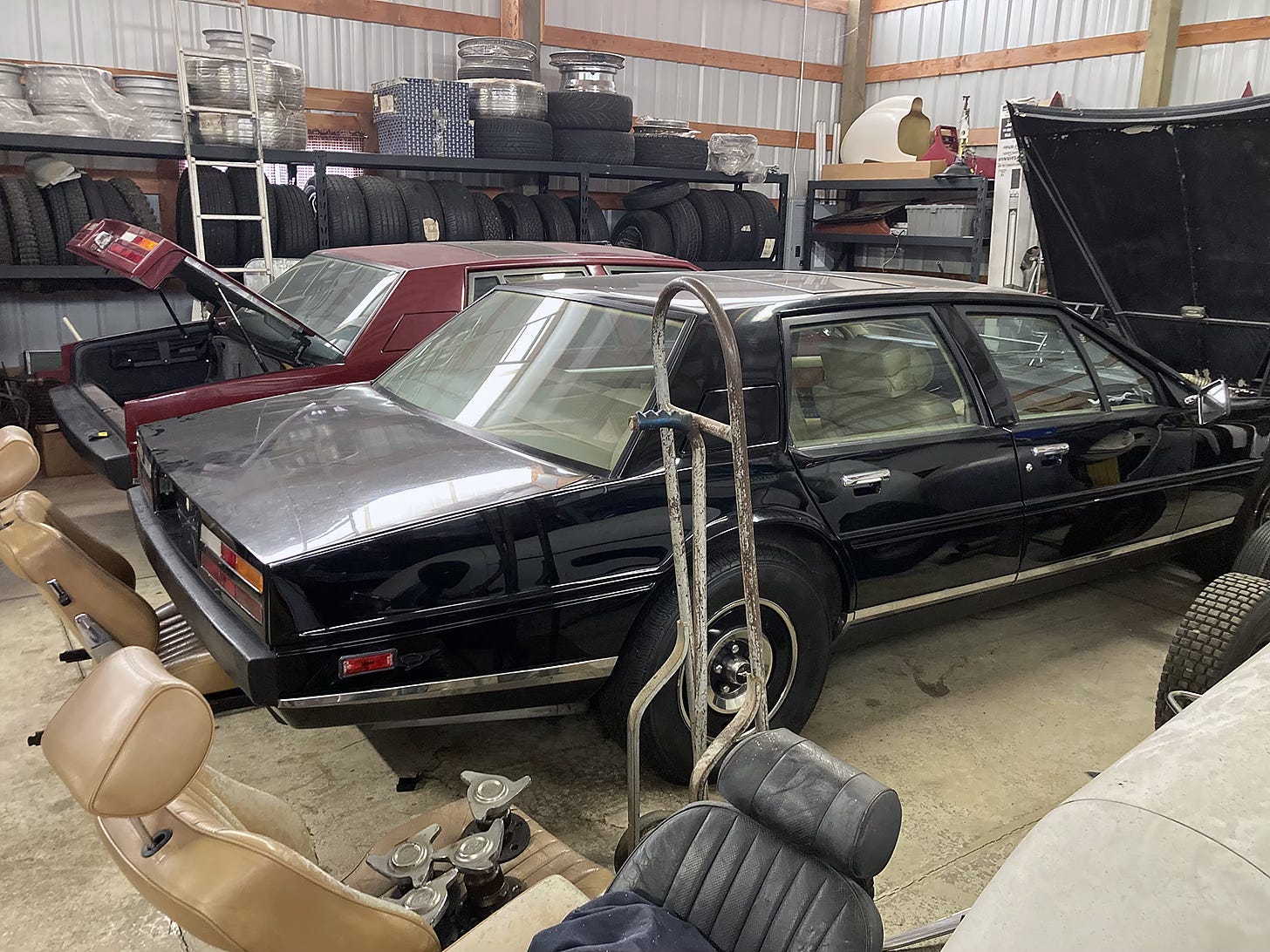
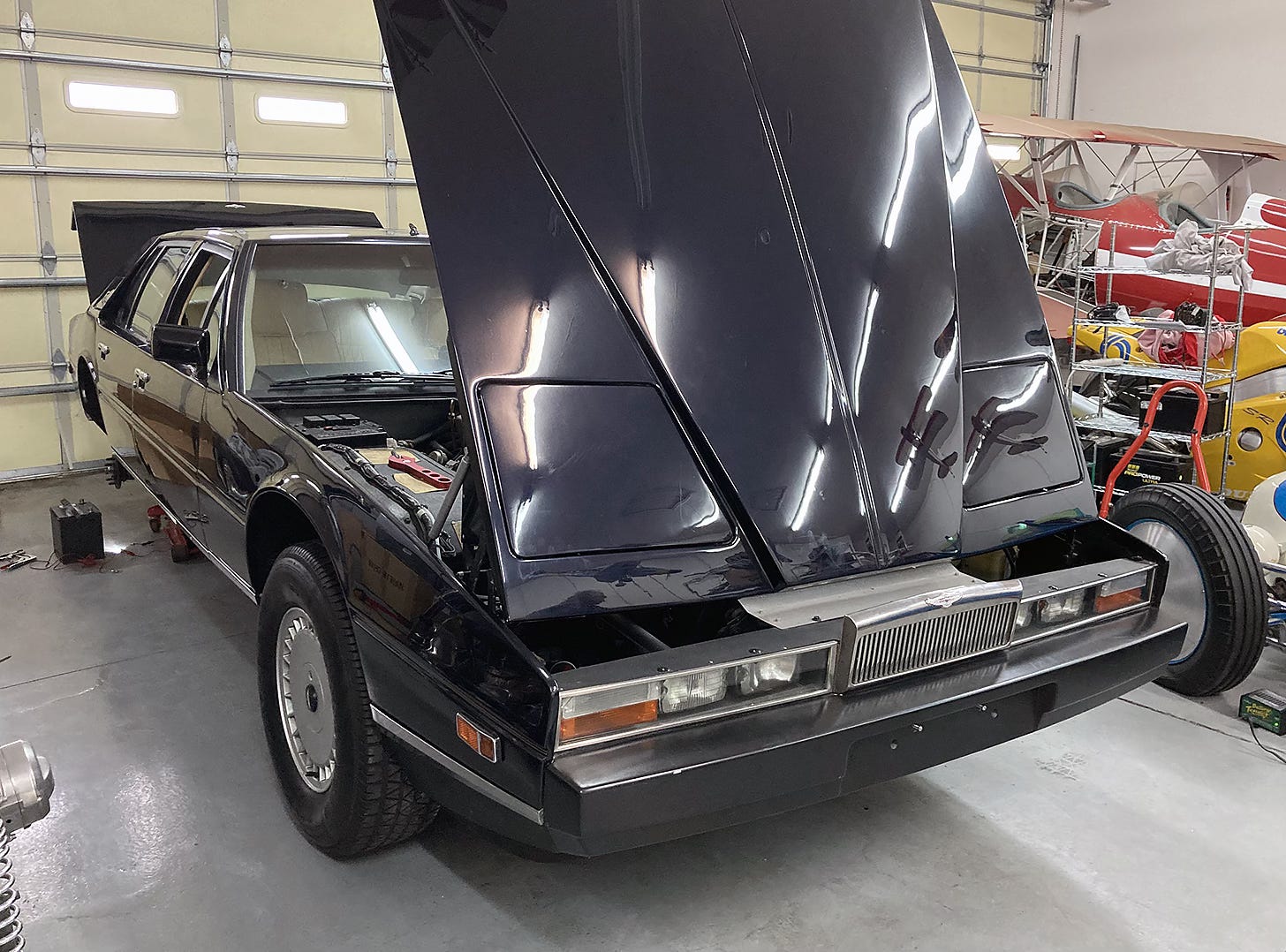
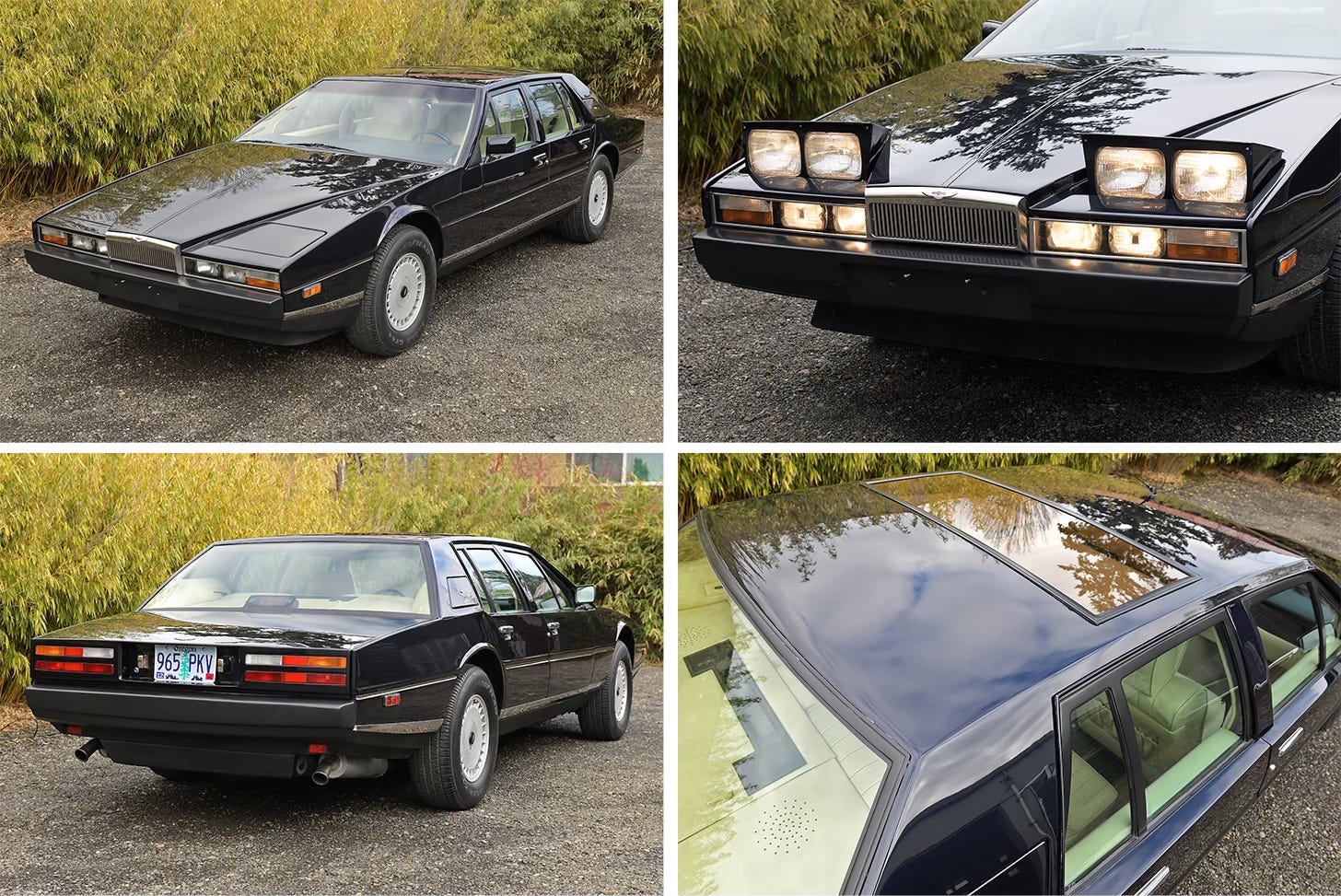

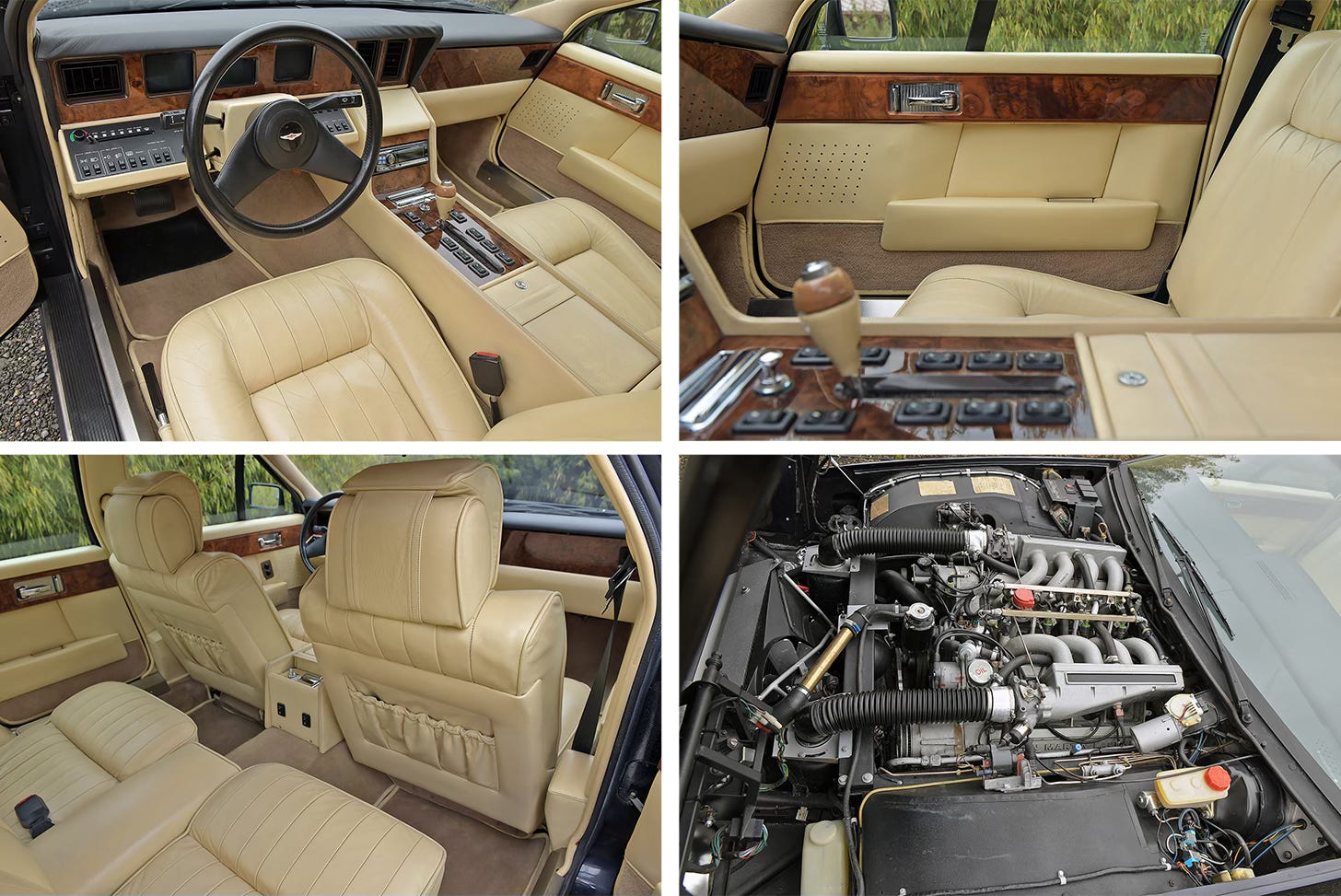
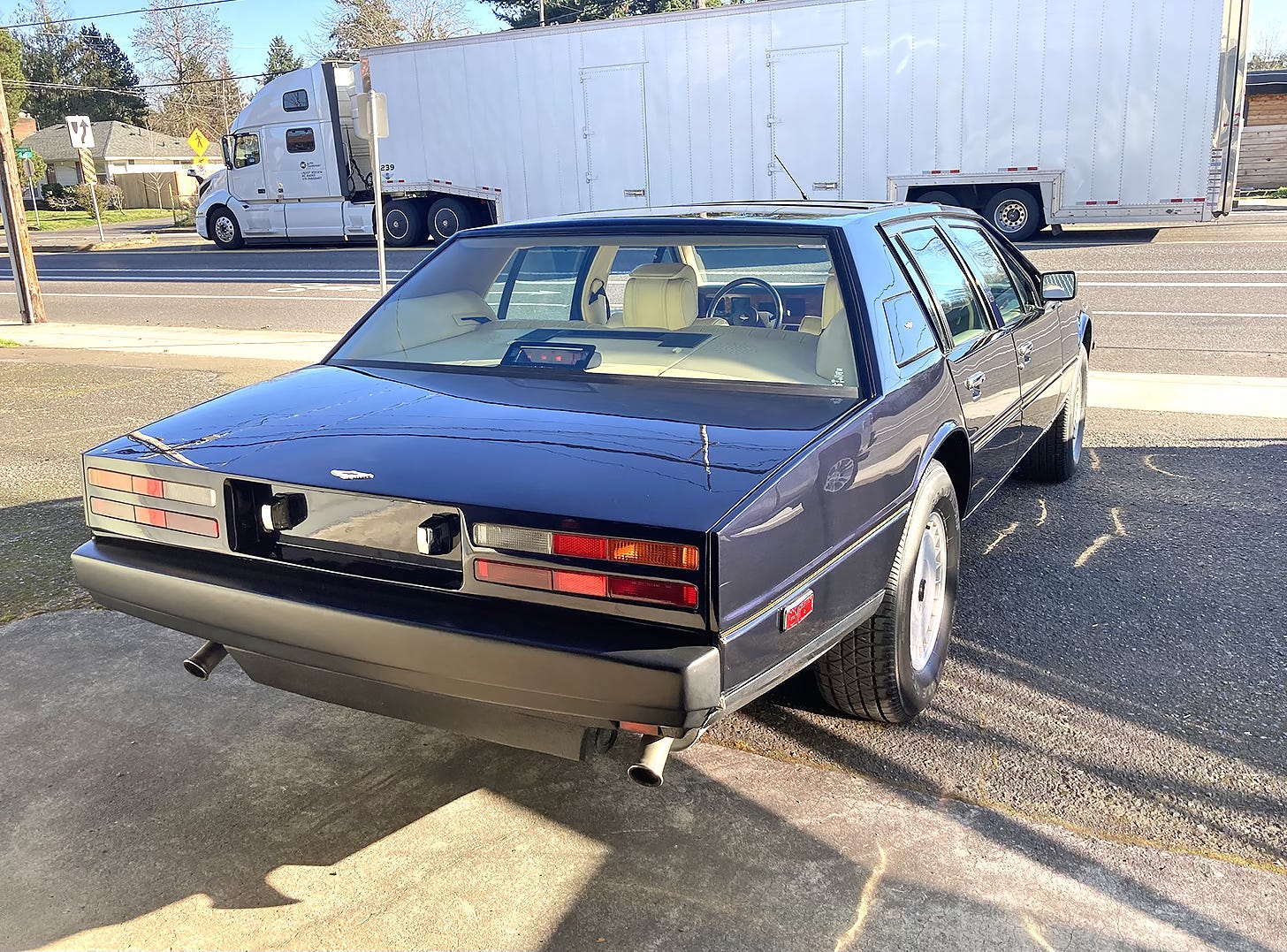
Good writing Enjoyed the story!